Current Projects
A breakthrough in sleep analysis
Clinical level sleep disorder analysis can be tricky. For starters the subject needs to be able to get to sleep, a process not especially helped along by the abundance of machines, wires and sticky patches involved. Nor by the fact that you will almost certainly be in a strange bed in unfamiliar surroundings. Our latest research using ProCVT means all of that is about to get a lot easier.
Clinical level sleep disorder analysis can be tricky. For starters the subject needs to be able to get to sleep, a process not especially helped along by the abundance of machines, wires and sticky patches involved. Nor by the fact that you will almost certainly be in a strange bed in unfamiliar surroundings.
Our latest research using ProCVT means all of that is about to get a lot easier.
Polysomnography - the current gold standard on measurement - records your brain waves, the oxygen level in your blood, heart rate and breathing, as well as eye and leg movements during the study. The key part of that is the hypnogram, which is a graph that represents the stages of sleep as a function of time, derived from an EEG. We’ve all seen the skull-cap and wire array needed for an EEG, and it’s difficult to imagine that being particularly helpful when trying to drop off to sleep. So how can ProCVT help?
An initial study by Dr Peter Julu (Consultant Autonomic Neurophysiologist - Queen Mary’s Hospital) and Dr Shane Delamont (Consultant Neurologist and Honorary Lecturer at King’s College) has recently proved ProCVT’s ability to measure arousal suppression during sleep. This research has demonstrated CVT’s unique capability to objectively measure brainstem activity, opening up the potential to make clinical level measurements of a person’s sleep effortlessly and over time. The accuracy of ProCVT significantly exceeds that of existing wrist based wearables, showing a 98% correlation with slow wave sleep patterns captured from a brain wave monitor (EEG). For the first time there will be a high correlation between a sleep tracker user's sleep experience and the actual output of the tracker.
We expect a white paper on this study to be published in the near future - updates will be posted here.


